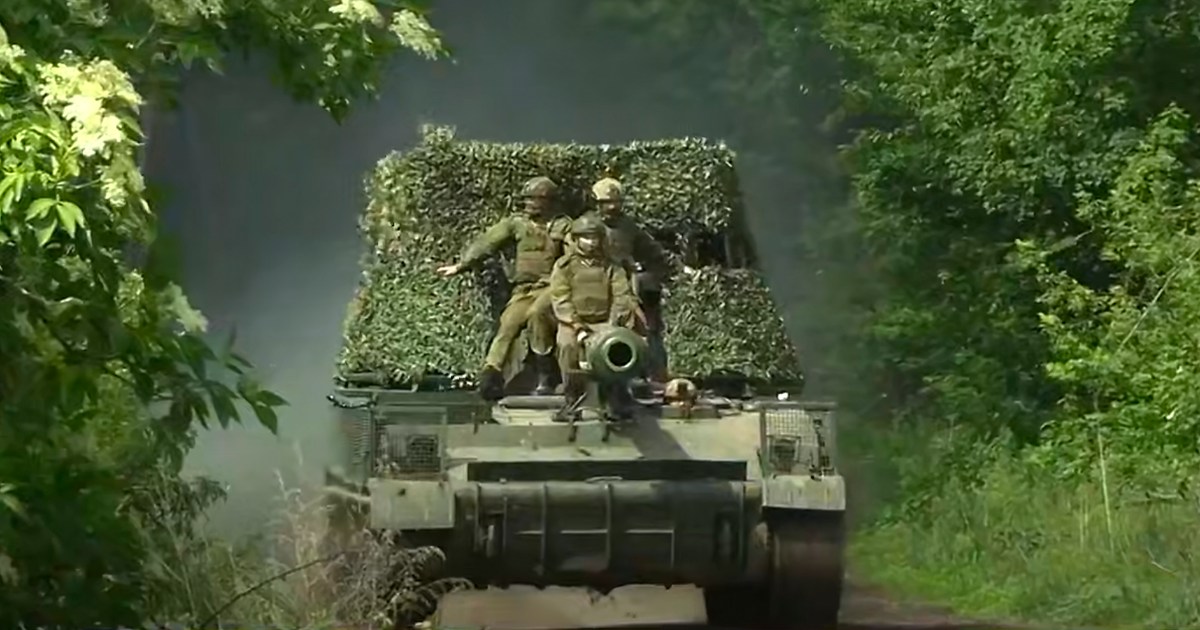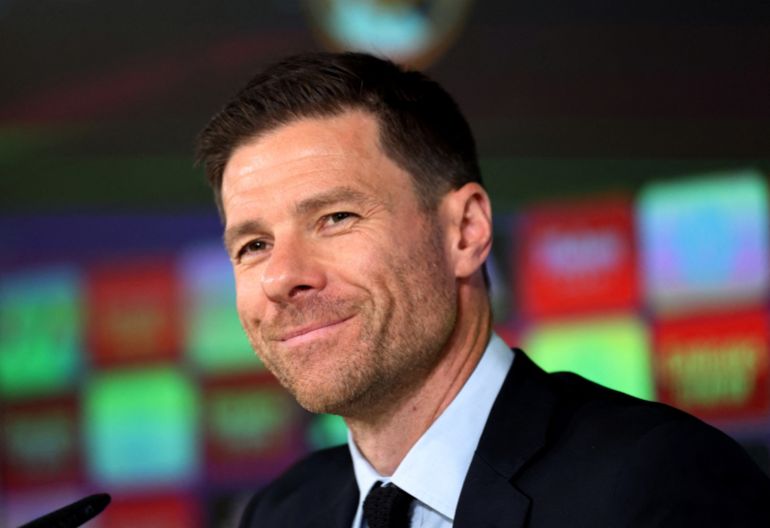Here’s where things stand on Thursday, June 12:
Fighting
- A concentrated, nine-minute-long Russian drone attack on Ukraine’s second-largest city of Kharkiv in the middle of the night killed six people and injured 64, including nine children, Ukrainian officials have said.
- The Ukrainian military said it had struck a major Russian gunpowder plant in the western Tambov region overnight, causing a fire at the site.
- Russian mechanised infantry units have reached the western border of Ukraine’s Donetsk region and, along with a tank division, are continuing their offensive against the adjacent Dnipropetrovsk region, Russia’s Ministry of Defence said.
- Russia’s air defence systems destroyed 32 Ukrainian drones overnight, the Defence Ministry said on Wednesday. Half of the drones were downed over the southern Voronezh region, while the rest were intercepted over the Kursk, Tambov, Rostov region and the Crimean Peninsula.
- Ukraine has brought home the bodies of 1,212 soldiers killed in its war against Russia, Kyiv officials said. The Kremlin said Ukraine returned the bodies of 27 Russian soldiers.
Regional security
- Russia sent long-range Tu-22M3 bomber planes on a flight over the Baltic Sea, Russia’s Defence Ministry said, in what appeared to be a mission aimed at sending a message of business-as-usual following the stunning June 1 Ukrainian attack on Russian airbases in Siberia.
- Russia’s nuclear capability did not suffer significant damage due to the Ukrainian attacks on its airfields, and the scale of the damage has been exaggerated, the country’s Deputy Foreign Minister Sergei Ryabkov claimed.
- Russian President Vladimir Putin, speaking on state television, said 95 percent of weapons in Russia’s strategic nuclear forces were fully up to date.
International relations
- The United States ambassador to NATO, Matthew Whitaker, said the Ukrainian drone attack on Russian strategic bombers at their airbases earlier this month was “badass” but also “a little bit reckless, and a little bit dangerous”.
- Ukrainian President Volodymyr Zelenskyy, addressing a conference of southeast European leaders in the Black Sea port of Odesa, said Russia was determined to destroy the south of his country as well as nearby Moldova and Romania, as he called for increased pressure on Moscow to prevent further military threats.
- Serbia’s Kremlin-friendly populist President Aleksandar Vucic travelled to Odesa for the regional summit. It is the first time the leader has visited Ukraine during his 12 years in power.
- Finland’s Ministry for Foreign Affairs said it had summoned a Russian diplomat over a suspected June 10 violation of Finnish airspace by Russian aircraft, the second such event in under three weeks.
- Slovakia will not back the European Union’s 18th package of sanctions against Russia unless the European Commission provides a solution to the situation the country faces if the bloc phases out Russian energy as planned, the country’s Prime Minister Robert Fico has said.
- Germany’s imports of goods from Russia fell by 95 percent in the 2021-2024 period, while its exports of goods to Russia were cut by 72 percent, the country’s statistics office Destatis has reported.
- The EU as a whole cut its imports from Russia by 78 percent and exports by 65 percent over the same timeframe, leading to a trade deficit of 4.5 billion euros ($5.1bn) in 2024 compared with 147.5 billion euros ($170bn) in 2022, Destatis added.
Russian affairs
- A court in western Russia has ruled that opposition politician Lev Shlosberg be placed under house arrest for two months and face unspecified restrictions on his activities for “discrediting” the Russian army after describing the war in Ukraine as a game of “bloody chess”. He faces up to five years in prison if convicted.
- Russian dissident Leonid Volkov, a prominent ally of late opposition leader Alexey Navalny, was sentenced in absentia to 18 years in prison for spreading fake news about the war in Ukraine and “justifying terrorism”.







